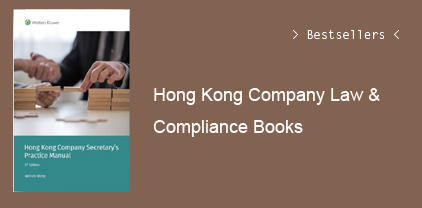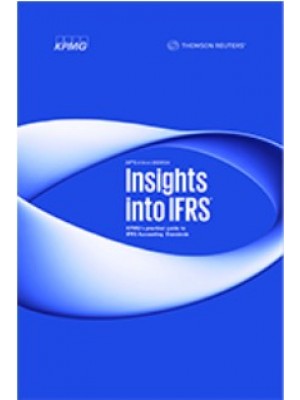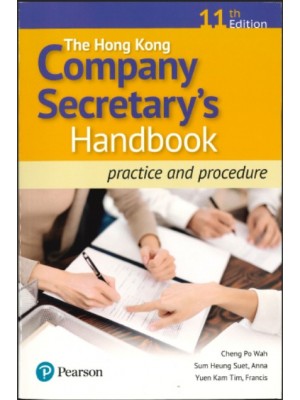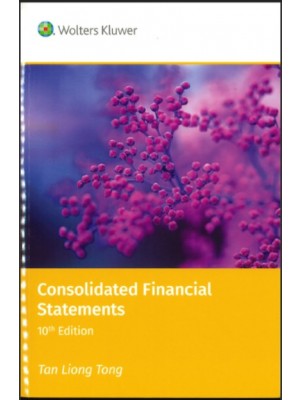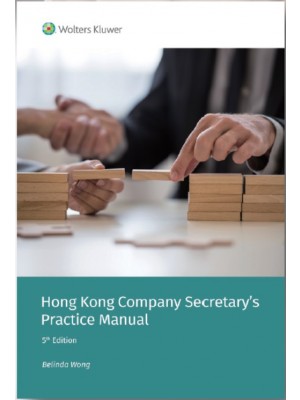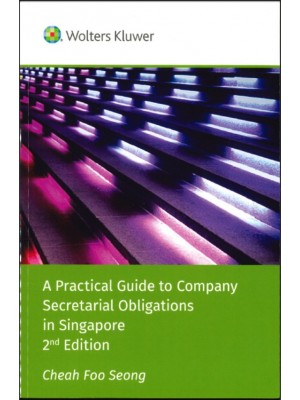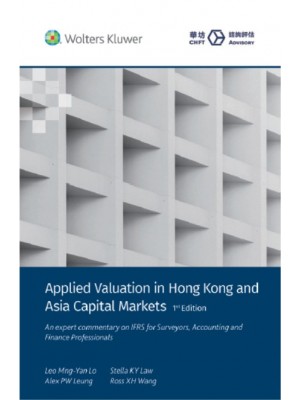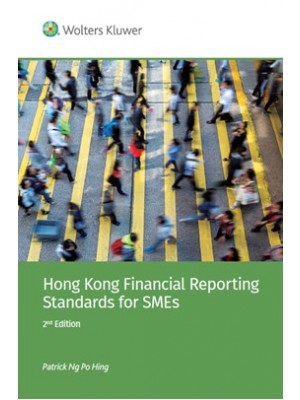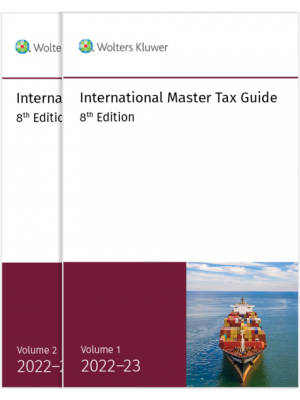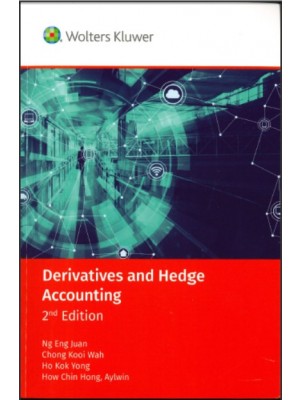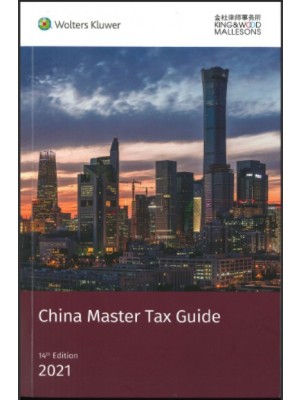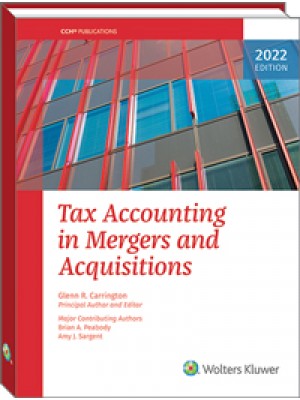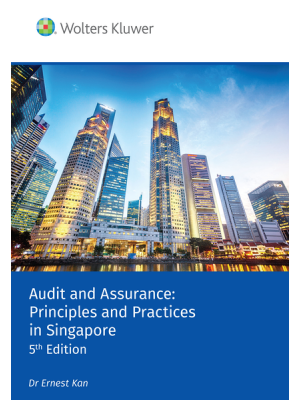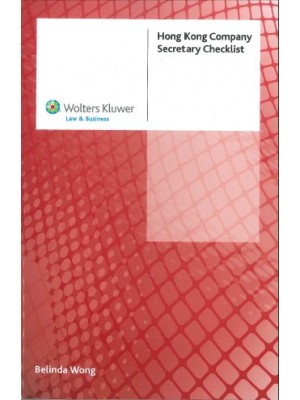1 Introduction and Overview of Government Auditing Standards .01-.19
Purpose and Applicability of This Guide .01-.11
Overview of Government Auditing Standards .12-.19
Applicability of Government Auditing Standards .12-.13
Additional Requirements of Government Auditing Standards .14-.15
Use of Terminology to Define Government Auditing Standards Requirements .16-.19
2 Government Auditing Standards—Ethical Principles and General Standards .01-.51
Introduction .01
Government Auditing Standards—Ethical Principles .02-.05
Government Auditing Standards—General Standards .06-.50
Independence .07-.30
Professional Judgment .31-.33
Competence .34-.42
Quality Control and Assurance .43-.45
External Peer Review .46-.50
Appendix—Government Auditing Standards Conceptual Framework for Independence .51
3 Planning and Performing a Financial Statement Audit in Accordance With Government Auditing Standards .01-.71
Introduction .01-.03
Agreeing Upon the Terms of the Engagement With Management .04-.07
Planning the Audit .08-.15
Communications With Other Entities .15
Group Audits .16
Materiality .17-.18
Audit Documentation .19-.22
Understanding the Entity and Its Environment and Assessing the Risks of Material Misstatement .23-.31
The Entity’s Internal Control .25-.28
Identifying and Assessing the Risks of Material Misstatement .29-.31
Performing Audit Procedures and Evaluating Audit Evidence Obtained .32-.35
Tests of Controls .34-.35
Consideration of Fraud .36-.42
Assessing the Risk of Material Misstatements Resulting From Fraud .40-.42
3 Planning and Performing a Financial Statement Audit in Accordance With Government Auditing Standards—continued Consideration of Laws and Regulations in an Audit of Financial Statements .43-.52
Consideration of Abuse .53-.58
Evaluating Identified Misstatements .59
Developing Elements of a Finding .60
The Auditor’s Communication With Those Charged With Governance .61-.65
Communicating Internal Control Matters Identified in an Audit .66
Written Representations From Management .67-.68
Other Considerations .69-.70
Exit Conference .69-.70
Appendix—Examples of Deficiencies in Internal Control .71
4 Auditor Reporting Requirements and Other Communication Considerations of Government Auditing Standards .01-.88
Introduction .01
Report on the Financial Statements—GAAS Requirements .02-.04
Additional Reporting Requirements of Government Auditing Standards .05-.06
Reporting on Internal Control Over Financial Reporting and on Compliance .07-.12
Internal Control Over Financial Reporting .13-.23
Fraud, Noncompliance With Provisions of Laws, Regulations, Contracts, and Grant Agreements, and Abuse .24-.45
Fraud .25-.30
Noncompliance With Laws and Regulations .31-.34
Noncompliance With Provisions of Contracts and Grant Agreements and Abuse .35-.38
Other Considerations .39
Additional Considerations Related to Fraud, Noncompliance With Provisions of Laws, Regulations, Contracts, and
Grant Agreements, and Abuse .40-.42
Government Auditing Standards—Reporting Findings Directly to Parties Outside the Entity .43-.45
Report on Audited Financial Statements .46-.52
Other Considerations—Citing Compliance With Government Auditing Standards in the Auditor’s Report .49-.51
Other Reporting Responsibilities in an Audit of Financial Statements .52
Report on Internal Control Over Financial Reporting and on Compliance and Other Matters Based on an Audit of
Financial Statements Performed in Accordance With Government Auditing Standards .53-.54
4 Auditor Reporting Requirements and Other Communication Considerations of Government Auditing Standards—continued Other Reporting and Communication Considerations .55-.83
Findings—Deficiencies in Internal Control, Noncompliance With Provisions of Laws, Regulations, Contracts and
Grant Agreements, Fraud, and Abuse .55-.62
Reporting Views of Responsible Officials and Planned Corrective Action .63-.66
Distributing Reports .67
Reporting Confidential and Sensitive Information .68-.71
Other Written Communications .72-.73
Portions of the Entity Not Audited in Accordance With Government Auditing Standards .74-.76
Referring to the Work of a Component Auditor .77-.83
Freedom of Information Act and Similar Laws and Regulations .84-.85
Assurance to Regulators and Oversight Agencies .86-.87
Appendix—Illustrative Auditor’s Reports Under Government Auditing Standards .88
5 Overview of the Single Audit Act, the Uniform Guidance Audit Requirements, and the Compliance Supplement .01-.56
Introduction .01-.02
Uniform Guidance .03
Single Audit Act and Uniform Guidance Audit Requirements .04-.47
Objectives of a Single Audit .04-.08
General Audit Requirements .09-.20
Reporting Matters .21-.23
Auditor Selection and Audit Costs .24-.25
Basis for Determining When Federal Awards Are Expended .26-.27
Subrecipient and Contractor Determinations .28
Major Program Determination .29-.32
Auditee Responsibilities .33-.39
Federal Awarding Agency Responsibilities .40
Pass-Through Entity Responsibilities .41
Cognizant Agency for Audit .42-.43
Oversight Agency for Audit .44-.45
Program-Specific Audits .46
Required Government-wide Evaluation of Single Audit Quality .47
OMB Compliance Supplement .48-.49
Transition Considerations Related to the Uniform Guidance .50-.56
Frequently Asked Questions .55
Reference Materials .56
6 Auditor Planning Considerations Under the Uniform Guidance .01-.78
Introduction .01-.02
Adapting and Applying Applicable Auditing Standards to a Uniform Guidance Compliance Audit .03-.06
Identifying Supplementary Audit Requirements .07
Agreeing Upon the Terms of the Engagement With Management .08-.09
Financial Statement Audit Considerations .10-.13
Developing an Efficient Audit Approach .14
Defining the Entity to Be Audited .15
Determining the Audit Period .16-.17
Fiscal Year and Program Period May Differ .16
Stub Periods .17
Initial-Year Audit Considerations .18-.19
Preceding Period Audited by Another Auditor .18
Factors to Consider Under the Risk-Based Approach .19
Timing of the Completion of the Audit and Report Submission Deadlines .20
Determining the Major Programs to Be Audited .21
Identifying Direct and Material Compliance Requirements .22-.24
Audit Risk of Noncompliance Considerations .25-.35
Components of Audit Risk of Noncompliance .27-.29
Performing Risk Assessment Procedures .30-.35
Assessing the Risks of Material Noncompliance .36-.46
Assessing the Risks of Material Noncompliance Due to Fraud .41-.46
Audit Materiality Considerations .47-.52
Materiality Differences Between the Financial Statement Audit and the Uniform Guidance Compliance Audit .48-.49
Materiality for Purposes of Reporting Audit Findings .50-.52
Audit Documentation .53
Audit Documentation Access and Audit Follow-Up .54-.56
Audit Documentation Access and Retention .54-.55
Audit Follow-Up .56
Group Audit Considerations in a Uniform Guidance Compliance Audit .57-.59
Existence of an Internal Audit Function .60-.69
Considerations Related to the Internal Audit Function .62-.69
Communications With the Cognizant or Oversight Agency for Audit and Others .70
State and Local Compliance Requirements .71
Desk Reviews and On-Site Reviews .72-.73
Restriction on the Auditor’s Preparation of Indirect Cost Proposals .74
Transition Considerations Related to the Uniform Guidance .75-.78
7 Schedule of Expenditures of Federal Awards .01-.43
Introduction .01-.02
Identification of Federal Awards .03-.05
Federal Agency and Pass-Through Entity Requirements .03-.04
Auditee Requirements .05
Audit Considerations Related to the Schedule of Expenditures of Federal Awards .06-.19
Conditions for and Procedures Related to Issuing the In-Relation-To Opinion .06-.12
Additional Auditor Requirements Relating to Compliance Audit Objectives and Internal Control Over
Compliance .13-.16
Management Representations Relating to the Schedule of Expenditures of Federal Awards .17
Subsequent Events .18
Reporting on the Schedule of Expenditures of Federal Awards .19
General Presentation Requirements .20-.28
Basis of Accounting .20
Required Content for the Schedule of Expenditures of Federal Awards .21-.23
Providing Additional Information .24
Schedule May Not Agree With Other Federal Award Reporting .25
Inclusion of Nonfederal Awards .26
Considerations Relating to State Awards .27
CFDA Number Not Available .28
Subwards .29-.30
Treatment of Subawards .29
Commingled Assistance .30
Noncash Awards .31-.35
Treatment of Noncash Awards .31-.32
Determining the Value of the Noncash Awards Expended .33
Loan and Loan Guarantee Continuing Compliance Requirements .34
Documentation Requirements .35
Issuing an Opinion on the Schedule of Expenditures of Federal Awards Under AU-C Section 805 When the
Auditor Is Engaged to Perform Only the Compliance Audit Under the Uniform Guidance .36-.38
Transition Considerations Related to the Uniform Guidance .39-.42
Appendix—Illustrative Schedules of Expenditures of Federal Awards .43
8 Determination of Major Programs .01-.36
Introduction .01
Determining Major Programs Under the Uniform Guidance .02-.19
Step 1—Determination of Type A and Type B Programs .03-.08
Step 2—Identification of Low-Risk Type A Programs .09-.13
Step 3—Identification of High-Risk Type B Programs .14-.15
Step 4—Determination of Programs to Be Audited as Major .16
Percentage-of-Coverage Rule .17
Documentation of Risk Assessment .18
Auditor Judgment in the Risk Assessment Process .19
Other Considerations Regarding the Determination of Major Programs .20-.21
Federal Agency and Pass-Through Entity Requests for Additional Major Programs .20
Low-Risk Auditee Criteria .21
Assessing Risk When Determining Major Programs .22
Criteria for Federal Program Risk .23-.32
Current and Prior Audit Experience .24-.29
Oversight Exercised by Federal Agencies and Pass-Through Entities .30-.31
Inherent Risk of Noncompliance of the Federal Programs .32
Transition Considerations Related to the Uniform Guidance .33-.36
9 Consideration of Internal Control Over Compliance for Major Programs .01-.66
Uniform Guidance—Definitions .02-.03
Internal Control Over Compliance for Federal Awards .04-.07
Auditee Responsibilities .04-.07
Requirements Related to Internal Control in the Uniform Guidance Compliance Audit .08-.09
Auditor Responsibilities .08-.09
Control Objectives and the Components of Internal Control .10-.11
Auditor’s Consideration of Internal Control Over Compliance for Each Major Program .12-.15
Obtaining an Understanding of Internal Control Over Direct and Material Compliance Requirements for Major
Programs .16-.25
Understanding Direct and Material Compliance Requirements and Identifying Relevant Controls .16-.21
Compliance Supplement Internal Control Guidance .22-.23
Multiple Organizational Unit Considerations .24
Subrecipient Considerations .25
Planning and Performing the Test of Operating Effectiveness of Internal Control Over Direct and Material Compliance Requirements for Each Major Program .26-.59
9 Consideration of Internal Control Over Compliance for Major Programs—continued Assessing Control Risk of Noncompliance .26-.27
Planning the Test of Operating Effectiveness of Internal Control Over Compliance for Each Major Program
to Support a Low Assessed Level of Control Risk of Noncompliance .28-.31
Existence of Ineffective Internal Control in Preventing or Detecting Noncompliance .32-.34
Performing Tests to Evaluate the Effectiveness of Controls .35-.38
Evaluating the Results of Tests of Controls .39-.45
Significant Deficiencies and Material Weaknesses in Internal Control Over Compliance Related to Federal Programs .46-.59
Documentation Requirements .60-.63
Transition Considerations Related to the Uniform Guidance .64-.66
10 Compliance Auditing Applicable to Major Programs .01-.81
Compliance Objectives in a Uniform Guidance Compliance Audit .02-.03
Responsibilities of Auditee .04-.05
Use of Professional Judgment .06
Audit Risk of Noncompliance Considerations .07-.09
Performing Further Audit Procedures in Response to Assessed Risks .08-.09
Materiality Considerations .10-.13
Materiality Judgments About Compliance Applied to Each Major Program .11-.12
Effect of Material Noncompliance on the Financial Statements .13
Performing a Uniform Guidance Compliance Audit .14-.70
Identifying Major Programs to Be Tested .16
Identifying Direct and Material Compliance Requirements .17-.30
Planning the Engagement .31-.34
Consideration of Internal Control Over Compliance for Major Programs .35
Performing Compliance Testing .36-.45
Consideration of Abuse .46
Consideration of Subsequent Events .47-.49
Evaluation and Reporting of Noncompliance .50-.63
Performing Follow-Up Procedures .64-.70
Documentation Requirements .71-.72
Management Representations Related to Federal Awards .73-.75
Suggested Representations .74
Refusal to Furnish Written Representations .75
10 Compliance Auditing Applicable to Major Programs—continued State and Local Government Compliance Auditing
Considerations .76
Transition Considerations Related to the Uniform Guidance .77-.81
11 Audit Sampling Considerations of Uniform Guidance Compliance Audits .01-.138
Introduction .01-.04
Audit Sampling in a Uniform Guidance Compliance Audit .05-.11
Purpose and Nature of Audit Sampling in a Uniform Guidance Compliance Audit .06-.09
Audit Sampling in the Context of Other Audit Procedures .10-.11
Procedures That May Not Involve Audit Sampling .12-.30
Inquiry and Observation .13
Analytical Procedures .14-.17
Procedures Applied to Every Item in a Population or Subpopulation in Compliance Testing .18-.20
Individually Important Items in Compliance Testing .21-.28
Understanding and Testing the Operating Effectiveness of Controls Over Compliance .29-.30
Planning Considerations for Sampling Related to Tests of Controls Over Compliance and Compliance Testing .31-.89
Determining Audit Objectives .31-.32
Defining the Population and Considering Completeness .33-.48
Considering the Effect of Population Size .49
Defining Control Deviation and Compliance Exception Conditions .50-.51
Dual Purpose Sample Considerations .52-.57
Determining the Sample Size .58-.89
Selecting Sample Items for Testing .90-.98
Random Selection .94
Haphazard Selection .95-.96
Systematic Selection With a Random Start .97-.98
Performing the Test Procedures .99-.105
Investigate and Understand the Nature and Cause of Control Deviations and Compliance Exceptions .100-.101
Determine If Additional Testing Is Warranted in Response to an Observed Deviation or Exception .102-.105
Evaluating Sample Results .106-.130
Evaluating Control Deviations .106-.113
Reaching an Overall Conclusion on Tests of Controls .114-.115
Evaluating Compliance Exceptions .116-.127
Reaching an Overall Conclusion on Tests of Compliance .128-.130
Documenting the Sampling Procedure .131-.135
Transition Considerations Related to the Uniform Guidance .136-.138
12 Audit Considerations of Pass-Through Entities and Subrecipients .01-.55
Introduction .01
Definitions .02
Applicability of the Uniform Guidance .03-.07
Pass-Through Entities, Subrecipients, and Contractors .08-.18
Subrecipient Status Versus Contractor Status .08-.11
Description of Relationships .12-.14
Contractor Compliance Considerations .15-.18
Single Audit Considerations of Pass-Through Entities .19-.45
Pass-Through Entity Responsibilities .20
Audit Planning Considerations .21-.24
Auditor Consideration of Internal Control Over Compliance .25
Subrecipient Monitoring .26-.38
Reporting Considerations .39-.42
For-Profit Subrecipients .43
Foreign Public Entities and Foreign Organizations .44
State Designation of a Cluster of Programs .45
Audit Considerations of Subrecipients .46-.49
Additional Compliance Requirements Established by Pass-Through Entities .47
Information Related to the Schedule of Expenditures of Federal Awards .48
Audit Findings .49
Transition Considerations Related to the Uniform Guidance .50-.55
13 Auditor Reporting Requirements and Other Communication Considerations in a Single Audit .01-.70
Overview .01-.08
Requirements Under the Uniform Guidance .03-.04
Reporting Package .05
Illustrative Auditor’s Reports .06-.08
Reporting on the Financial Statements and Supplementary Schedule of Expenditures of Federal Awards in Accordance With GAAS and Government Auditing Standards in a Single Audit .09-.20
Basis of Accounting .09
Implementing Regulations of Federal Awarding Agencies May Define the Entity to Be Audited Differently Than
Does GAAP .10
Elements of the In-Relation-To Report on the Supplementary Schedule of Expenditures of Federal Awards .11-.13
Potential Report Modifications When Reporting on the Schedule of Expenditures of Federal Awards .14-.15
Considerations When Dating the Report on the Schedule of Expenditures of Federal Awards .16-.19
13 Auditor Reporting Requirements and Other Communication Considerations in a Single Audit—continued
Issuing an Opinion on the Schedule of Expenditures of Federal Awards Under AU-C Section 805 When the
Auditor Is Engaged to Perform Only the Compliance Audit Under the Uniform Guidance .20
Reporting on Compliance and Internal Control Over Compliance Applicable to Each Major Program .21-.28
Material Instances of Noncompliance .22
Scope Limitations .23-.25
Report on Compliance for Each Major Program, Report on Internal Control Over Compliance and Report on the
Schedule of Expenditures of Federal Awards Required by the Uniform Guidance .26-.27
Dating the Report on Compliance With Requirements That Could Have a Direct and Material Effect on Each Major Program and on Internal Control Over Compliance .28
Other Reporting Considerations .29-.32
Reissuance of the Uniform Guidance Compliance Report .29-.30
Other Auditors .31
When the Audit of Federal Awards Does Not Encompass the Entirety of the Auditee’s Operations .32
Schedule of Findings and Questioned Costs .33-.44
What Is Required to Be Reported .34-.35
Findings Related to the Financial Statements .36-.37
Audit Findings Related to Federal Awards .38-.39
Findings of Abuse .40
Detail of Audit Findings—Federal Awards .41-.42
Other Preparation Guidance .43-.44
Protected Personally Identifiable Information .45-.46
Communicating Other Findings to Management .47
Summary Schedule of Prior Audit Findings and Corrective Action Plan .48-.52
Data Collection Form .53-.61
Submission of Reporting Package and Data Collection Form .57-.58
Federal Audit Clearinghouse Responsibilities .59-.61
Freedom of Information Act and Similar Laws and Regulations .62
Transition Considerations Related to the Uniform Guidance .63-.69
Appendix—Illustrative Auditor’s Reports Under the Uniform Guidance .70
14 Program-Specific Audits .01-.16
Use of a Program-Specific Audit to Satisfy Uniform Guidance Audit Requirements .02
Program-Specific Audit Requirements .03
14 Program-Specific Audits—continued Availability of Program-Specific Audit Guide .04-.05
Auditee’s Responsibilities When a Program-Specific Audit Guide Is Not Available .06
Auditor’s Responsibilities When a Program-Specific Audit Guide Is Not Available .07-.11
Audit Scope and Requirements .07
Auditor Procedures .08
Auditor’s Reports .09-.11
Submission of Report .12-.15
Timing of Submission .12
Submission When a Program-Specific Audit Guide Is Available .13
Submission When a Program-Specific Audit Guide Is Not Available .14-.15
Appendix—Illustrative Auditor’s Reports for Program-Specific Audits .16
Supplement
A Single Audit Act Amendments of 1996
B Uniform Guidance Audit Requirements
Appendix
A Overview of Statements on Quality Control Standards
B Schedule of Changes Made to the Text From the Previous Edition
Index of Pronouncements andOther Technical Guidance
Subject Index



